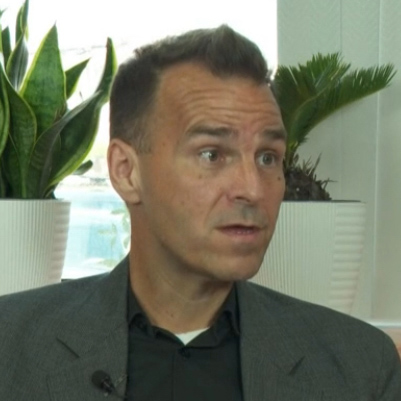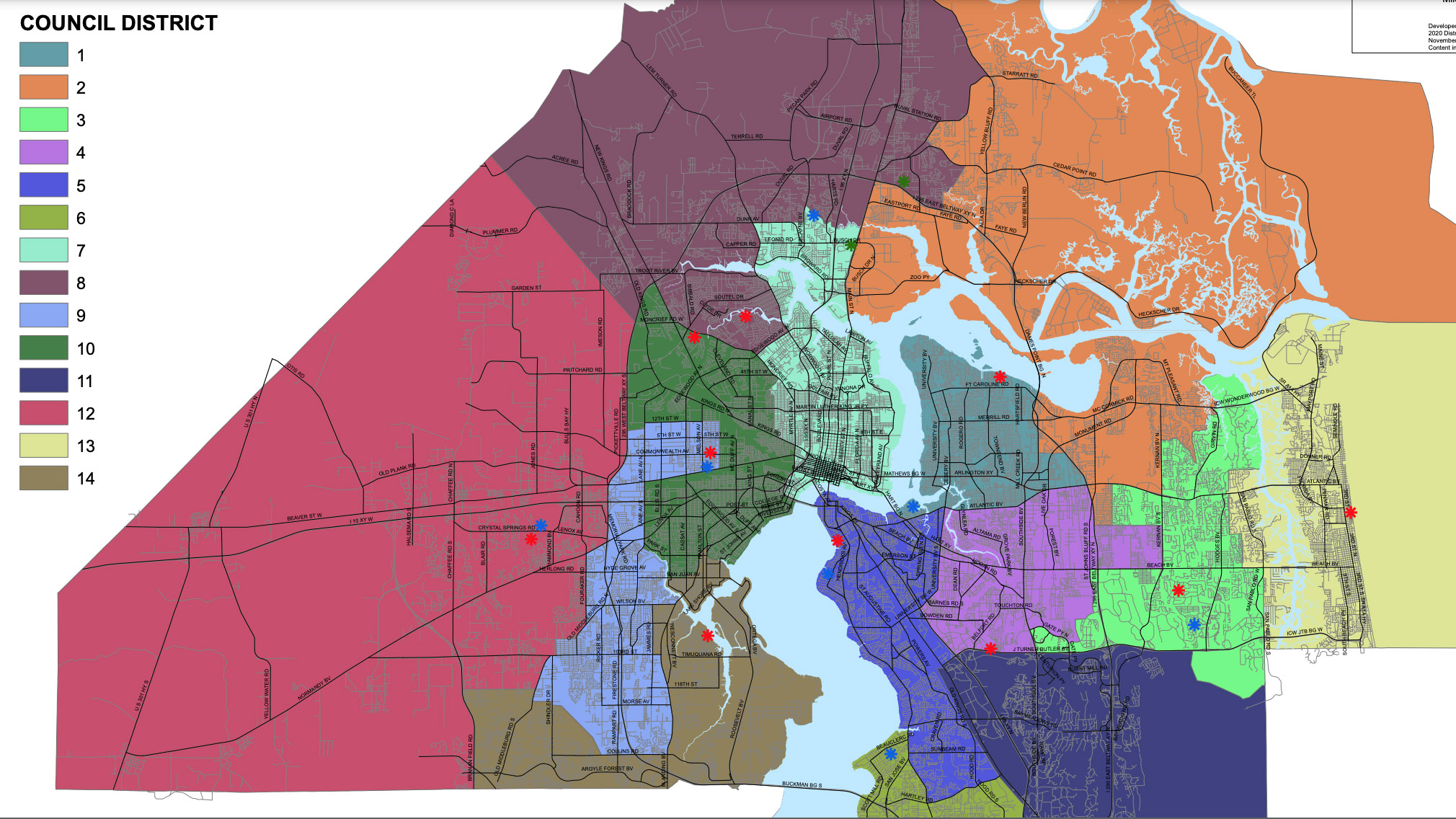
Anyone from a dysfunctional family would have felt at home during Friday’s redistricting schmozz on the Jacksonville City Council.
Proving again that the personal is political, the 19-person elected body approached the court-mandated second swing at drawing equitable maps north and west of the river just as it did the first: They were determined to maintain the current power structure, with the people and peculiar boundaries that affirm the status quo.
The most determined, ironically, was someone who will be off the Council soon after you read this column.
Reggie Gaffney took a decisive loss to Tracie Davis in the August Democratic primary for state Senate, and he is resigning this week after the special election is certified. He is trying to leave a legacy for his son, Reggie Gaffney Jr.: his seat.
Gaffney Jr. Is running to succeed Gaffney Sr., who was preceded by Johnny Gaffney, a Democrat who endorsed Lenny Curry for mayor and ended up in a staff job in the mayor’s office thereafter. The Gaffneys have a family tradition of sitting on Council, basically.
The City Council map-drawing committee made sure that would happen, redrawing the district so that both candidates in the election Tuesday to fill the unexpired Gaffney Sr. term would be in the district. The same group that made protecting incumbents central to its charge once again put in work for connected, legacy candidates.

It has done all of this at the expense of civic resources, a cavalcade of sunk costs built on foundations of hubristic prerogative.
The first redistricting process looked to any close observer without a vested interest in the pre-ordained outcome, a replication of the 2011 map that packed Black voters north and west of the river into four districts. Central to that process was a willful blindness to what critics were saying.
“When we said we wanted to leave the districts the same, it was because there were no concerns articulated,” said Rules Chair Brenda Priestly-Jackson in a committee back in March.
The “want” of Council members should not come into play during a redistricting process, but it has for decades. As The Tributary noted, from 1981 onward, the Council contended, conveniently for its own political purposes, the appropriate threshold for Minority Access Seats was 60%.
The Department of Justice called that “misinformation,” to no avail. Council members like Matt Carlucci said the map approach kept “peace in the family.”
An interesting phrase, especially because the version passed Friday with just one no vote (from Priestly Jackson) also kept “peace in the family.”
Maroon IIIE Fix will keep that peace by keeping Republican control, with four majority-Democratic districts (three of those more than 60% Democratic), and two with Democratic pluralities. The remaining eight districts are Republican plurality, and no district is packed to be majority Republican. It takes little imagination to figure out how that map can be a road to a Republican supermajority on Council for the next decade.
One major change on the map: Riverside, Avondale, and Murray Hill are being moved into District 10 with areas to the north, with the former two neighborhoods shifted from the current Ortega-centric District 14. This new configuration will be interesting to watch for political reporters.
The new map might have been a better effort if a central goal of the City Council wasn’t incumbent protection. City lawyer Jason Teal mentioned repeatedly that it didn’t matter what the lines looked like. Of course, he was also confident that the map struck down in federal court was also constitutional, so take that for what it’s worth. District 9, 10, and 14 still look tied together in some sort of cartographical twist in this map, with 9 especially long and skinny so the current incumbent’s house wouldn’t be drawn out of the district.
The city map will be given deference by the court in review and, amazingly, this one could have been worse. The Council rehearsed a version of the map that would put Riverside and Avondale back in 14 one last time before giving up on it, as the glaring issues that would have created were too much even for this Council.
Ideally, this city would have an independent redistricting committee enshrined in the charter, which would have avoided the tawdry spectacle of Council members trading districts and census blocks as if they were baseball cards, in order to engineer demographic affinity. Diverse districts scare this city, just as they did in previous decades. That says a lot about both the cynicism of the local political class and the apparently low regard in which they hold Duval voters.







